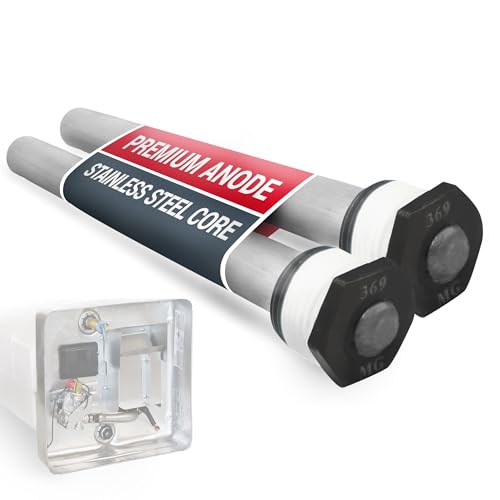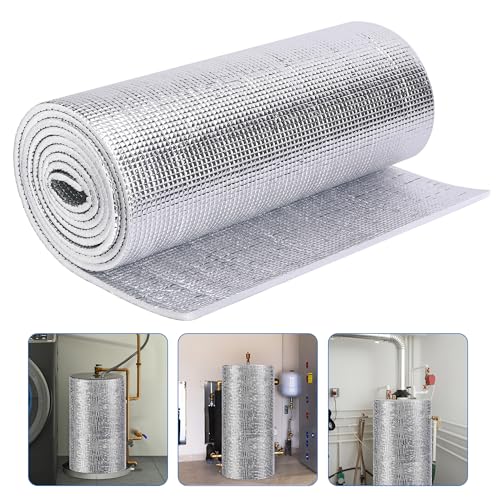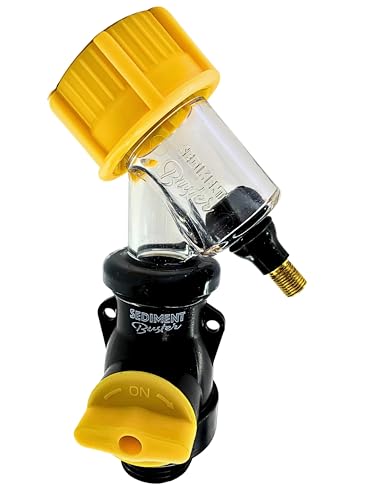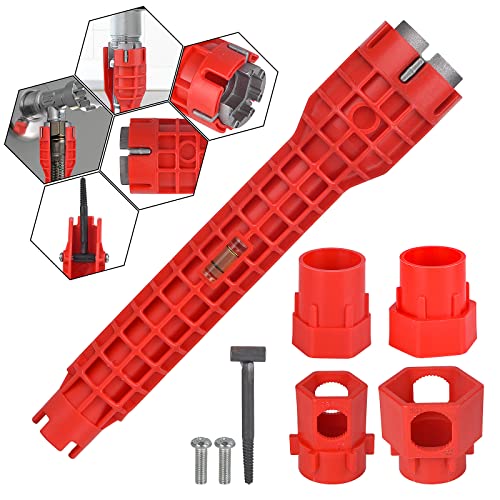Diehard
In Remembrance
The max working pressure is a known rating for what the unit was deigned to withstand as a maximum pressure with safety factors involved.
I realize 80 represents a pressure but what I was questioning was where does it say that, so I could make the determination what it actually represents on your 2 gallon tank. That is if it's applicable to that tank.
I realize 80 represents a pressure but what I was questioning was where does it say that, so I could make the determination what it actually represents on your 2 gallon tank. That is if it's applicable to that tank.





















































